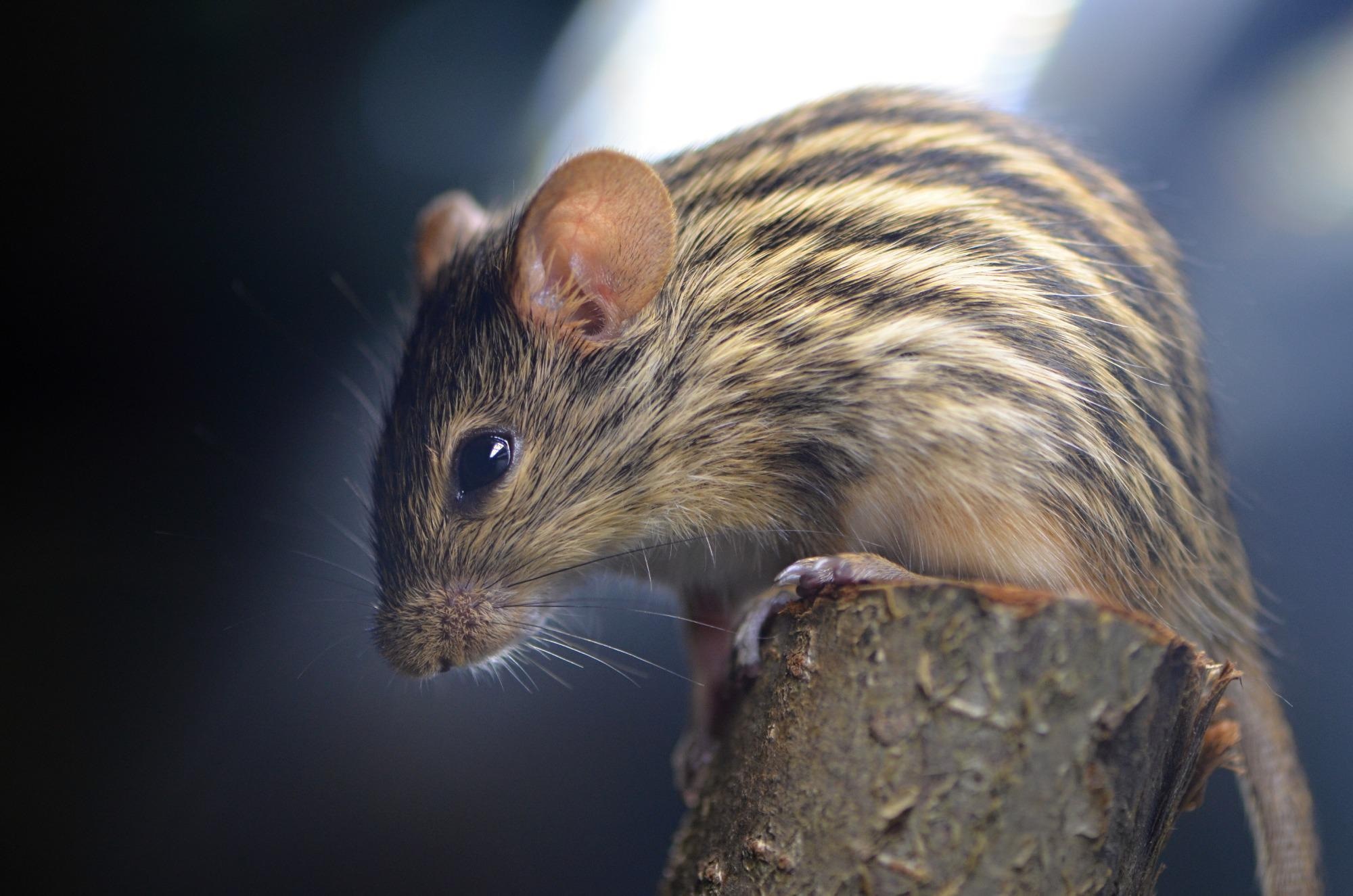Human pathogens with zoonotic origin cause over 70% of emerging infectious diseases. Humans and animals are increasingly interacting, resulting in interspecies viral transmission that is expected to increase dramatically. The global economy and health security could suffer drastically if we are not prepared to combat newly emerged pathogens. Hence, it is imperative to conduct regular virus surveillance among potential wildlife hosts for early identification of potential pathogens before they spill over to humans.
 Study: Discovery of novel DNA viruses in small mammals from Kenya. Image Credit: Marek Velechovsky / Shutterstock
Study: Discovery of novel DNA viruses in small mammals from Kenya. Image Credit: Marek Velechovsky / Shutterstock
Background
Previous studies have shown that rodents and shrews are two large mammalian orders with widespread distribution and are reservoirs of many viruses. Several zoonotic viruses, such as hantaviruses, and arenaviruses, cause severe viral hemorrhagic fever diseases in humans.
In Europe, the Borna disease virus, which is often present in white-toothed shrews, causes fatal human encephalitis after a spillover. Rodents harbor a wide range of DNA (e.g., adenoviruses, poxviruses, and herpesviruses) and RNA viruses (e.g., astroviruses, picornaviruses, and paramyxoviruses). The urbanization and land-use change have increased the risk of spillover of pathogens from shrews and rodents to humans. It is essential to understand the virome diversity of these small mammals.
Kenya is an East African country rich in fauna and harbors multiple species of rodents and shrews and a particular species of hedgehog. With extended agricultural practices, there is an increased risk of human contact with rodents and, inevitably, rodent-borne pathogens. However, researchers indicated minimal evidence regarding viruses hosted by rodents and shrews in Kenya.
A New Study
A new study published as a pre-proof in the journal Virologica Sinica, is follow-up research to a previous study on the discovery of novel rodent viruses of various RNA viral families in Kenya. In this study, researchers integrated extensive sampling sites across various geographic zones in Kenya and included multiple families of DNA viruses.
In this study, researchers conducted fieldwork between August 2016 and March 2019, in specific localities belonging to five counties of Kenya, namely, Kilifi, Nakuru, Trans-Nzoia, Nairobi, and Kajiado. These areas were selected based on human activity, climate, and altitude.
Key Findings
Although previous studies have shown that RNA viruses possess a high rate of mutation and the capability to adapt to new hosts, the etiological role of DNA viruses in zoonotic diseases must not be ignored. For instance, the monkeypox virus (DNA virus) can infect humans along with rodents and non-human primates. In the past decades, Kenya has suffered several monkeypox outbreaks in humans.
Adenoviruses (AdVs) infect almost all major vertebrate classes and are a family of DNA viruses. The largest genus of the family Adenoviridae is Mastadenovirus. A novel AdV in Mastomys natalensis (MnAdV) was discovered by scientists in the current study, which is closely related to a species of murine AdV (MAdV), namely, MAdV-2. Researchers stated that it was difficult to be conclusive whether the novel MnAdV from Kenya represented a new species or was a new subtype of MAdV-2, without knowing the complete sequence of the polymerase gene.
Adeno-associated viruses (AAVs) have been frequently used in gene therapy research as viral vectors. These are highly diverse among mammalian and avian hosts. In the current study, researchers reported the first detection of AAVs in African rodents, and it must be noted that the knowledge of AAV diversity in rodents is quite insufficient. This discovery should help comprehend the evolutionary patterns of mammalian AAVs.
Cytomegaloviruses (CMV) are members of the subfamily Betaherpesvirinae. In the present study, scientists detected many betaherpesviruses in wild rodent and shrew species. The subfamily Murinae contributed to the rodent herpesviruses, which could be grouped in the same clade as recognized murid betaherpesviruses. The sequences showed genetic uniqueness, which did not influence the topology of the phylogeny within Betaherpesvirinae. The findings suggest that the diversity of rodent CMVs in nature is highly underappreciated.
Polyomaviruses (PyVs) infect mammals, birds, and fishes, some of which are associated with cancer in human or animal hosts. In this study, researchers documented three groups of distinct novel PyVs in Lemniscomys striatus, Lophuromys, and Arvicanthis. In addition, they also observed PyVs allocated to Alphapolyomavirus and Betapolyomavirus. Previously, the DNA of rodent PyVs was mainly found in the spleen and lung; however, in the present study, PyVs were detected in kidney samples, indicating widespread tissue tropism.
Conclusion
The results from this study reveal four novel DNA viruses from four different families in wild as well as synanthropic rodents and shrews from Kenya, including the characterization of a novel PyV species. Most of these viruses were analyzed using sequences of small amplicons. Following studies should identify more sequences from these viruses to have a more robust phylogenetic conclusion. Further, as these viruses are not closely related to any virus known to cause disease in humans or small mammal hosts, further study is required to determine their pathogenicity and potential risk of transmission via zoonotic transmission. Despite the shortcomings to be addressed later, this study has increased our understanding of DNA virus diversity and evolution in small mammal reservoirs. There is a growing agricultural activity into the natural habitats of rodents in Africa, which highlights the need to continue surveillance over a wide-scale area and apply more high-throughput detection methods. Further research is also required on the pathogenicity of novel viral pathogens. Efforts such as these contribute to preventing and controlling emerging zoonotic diseases.